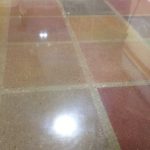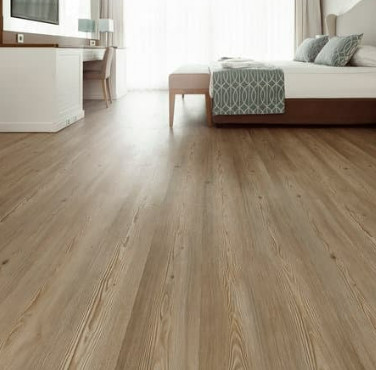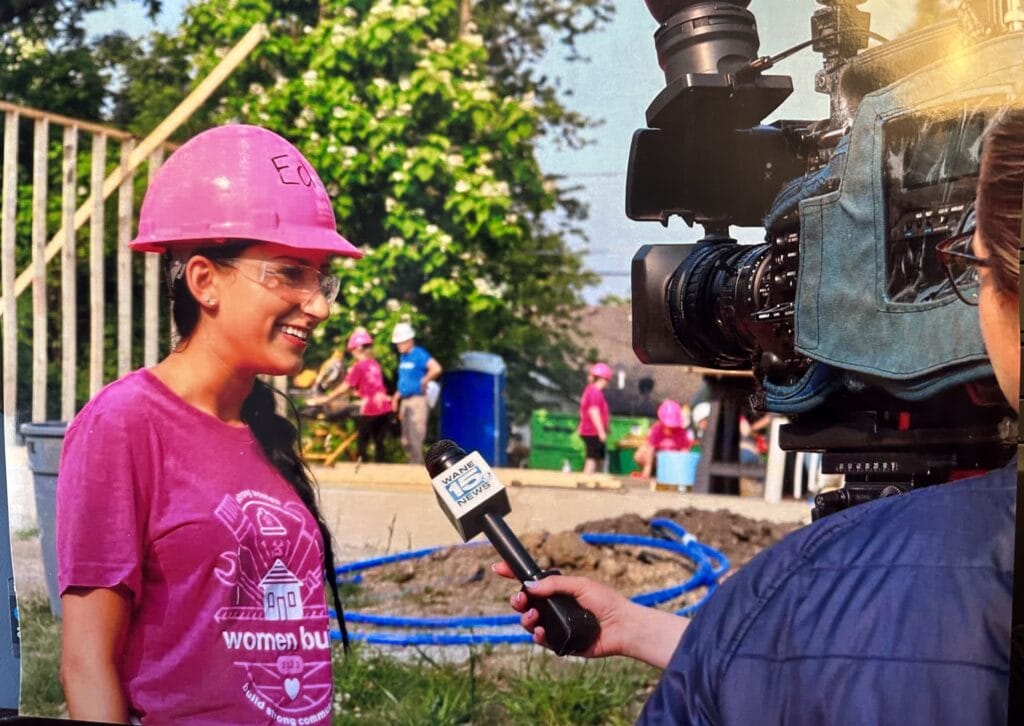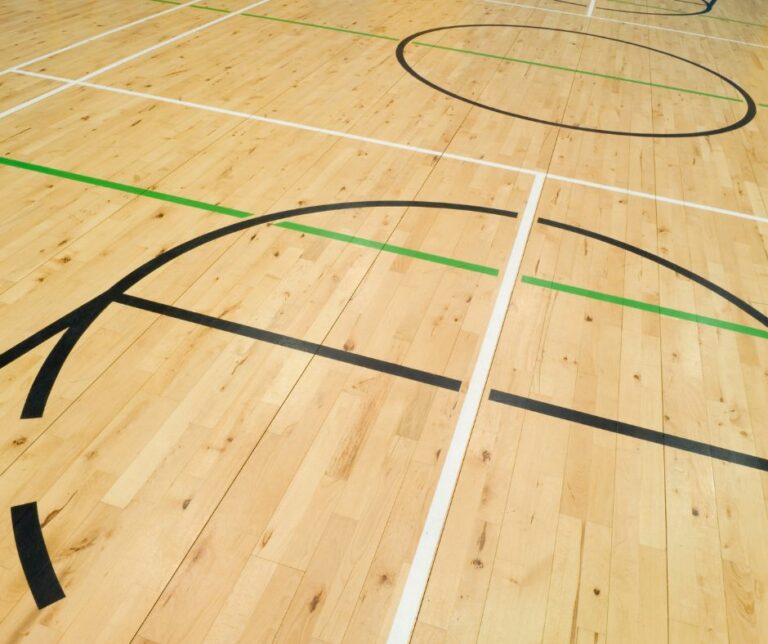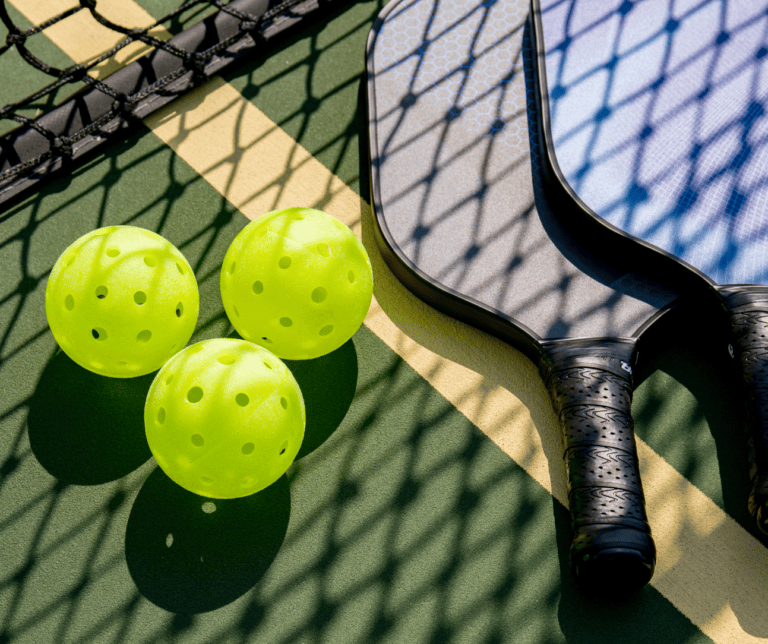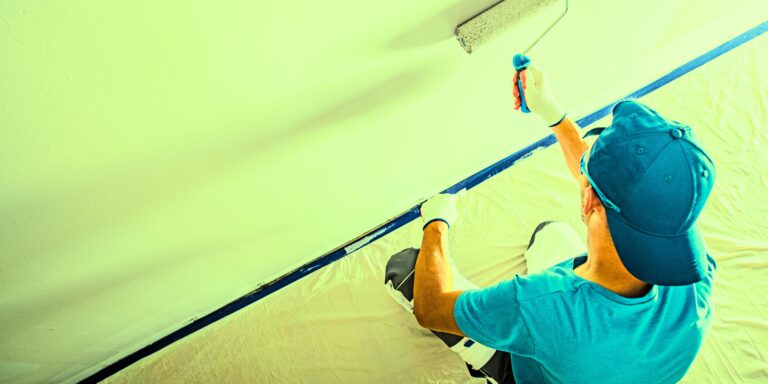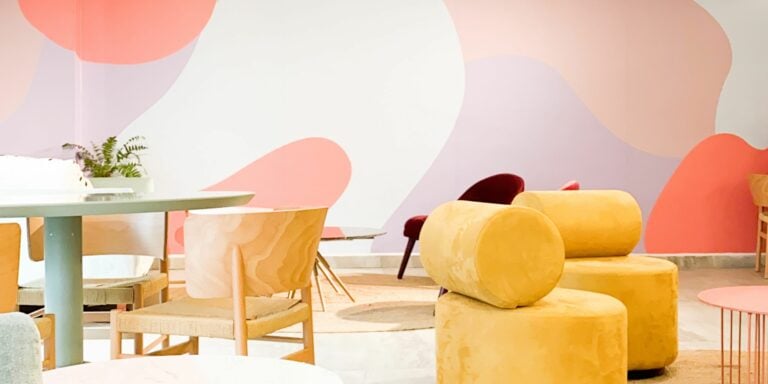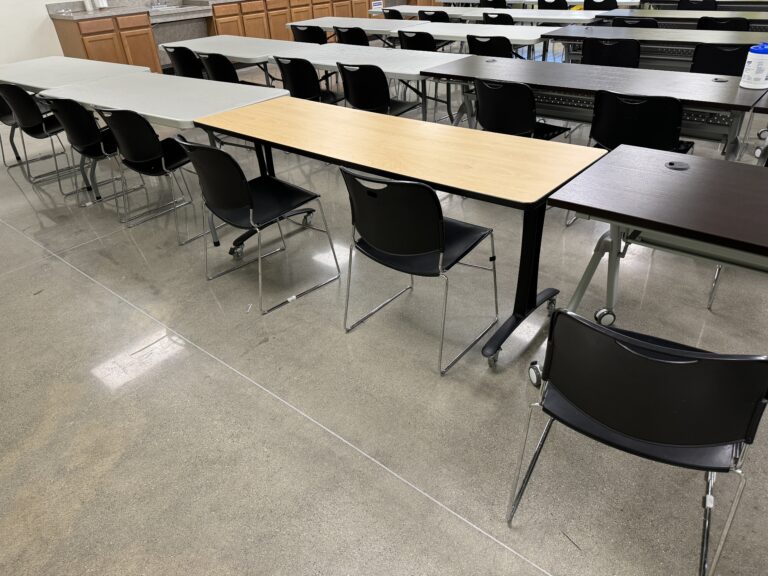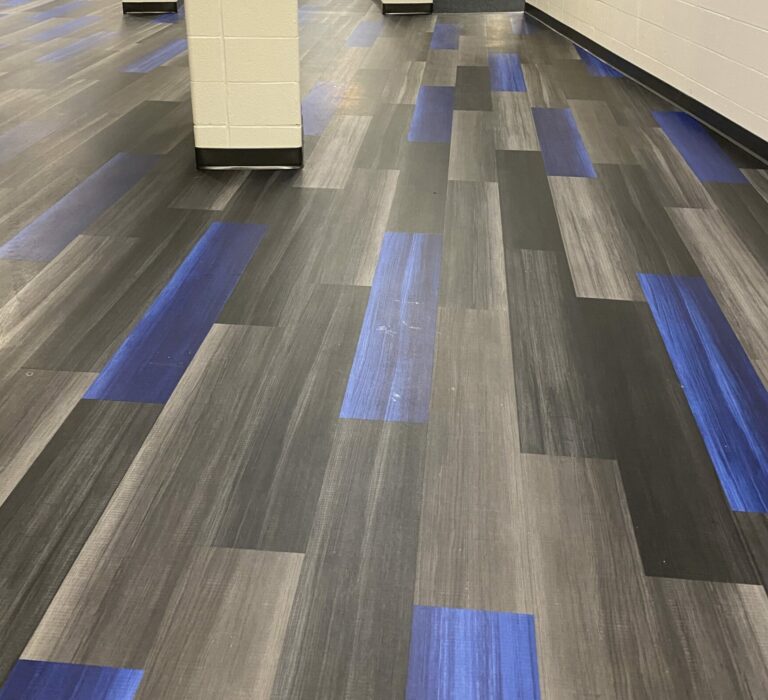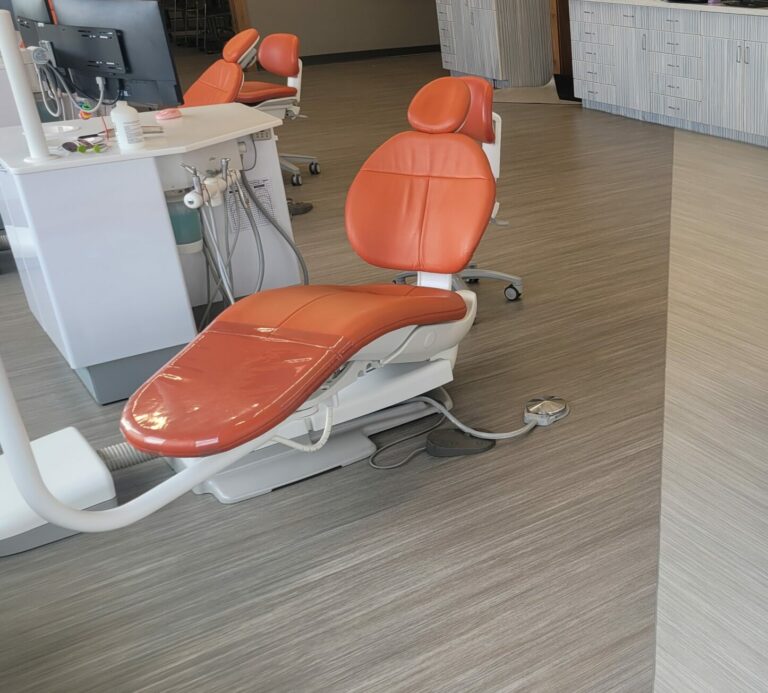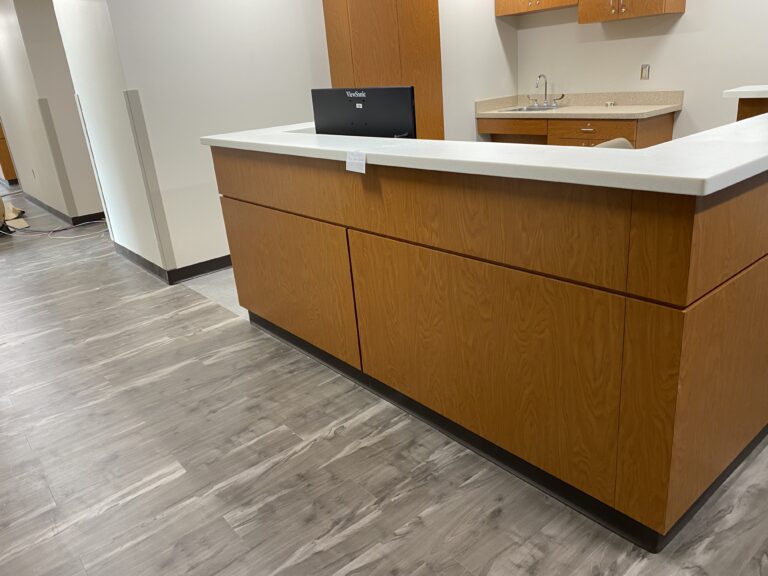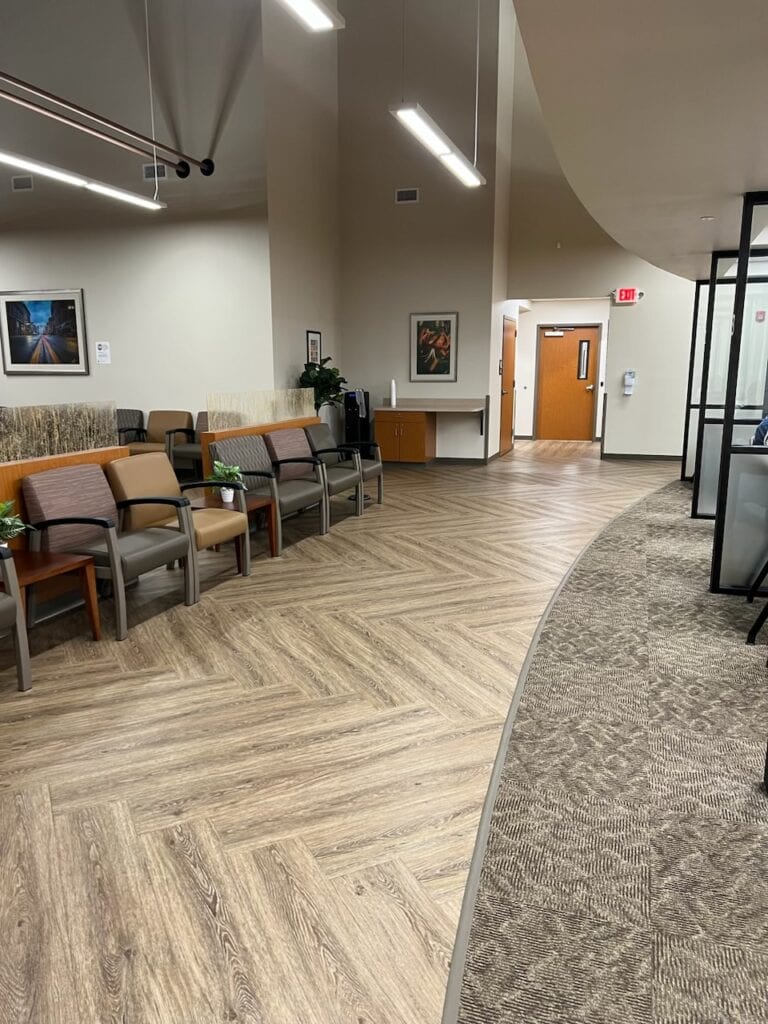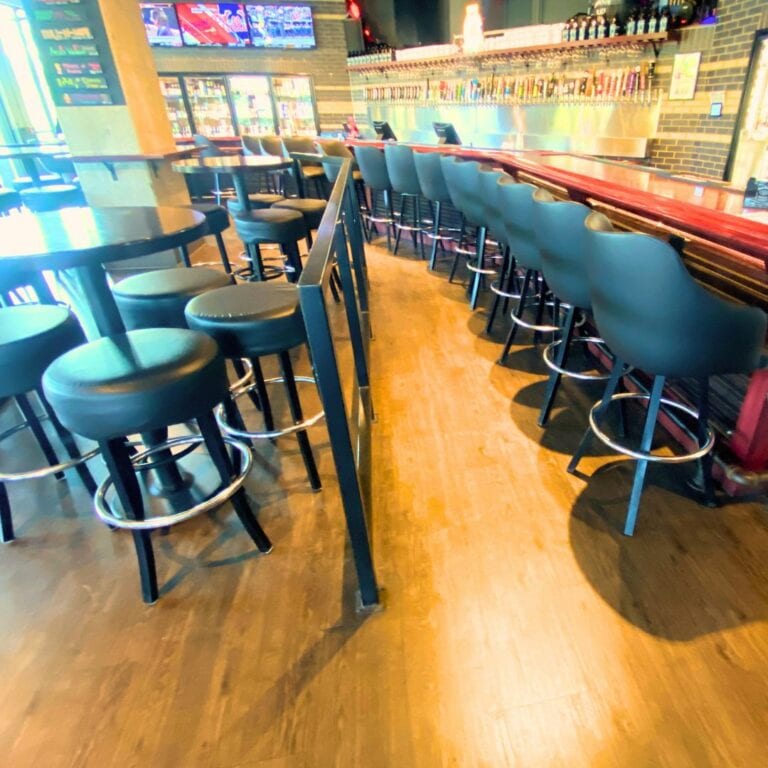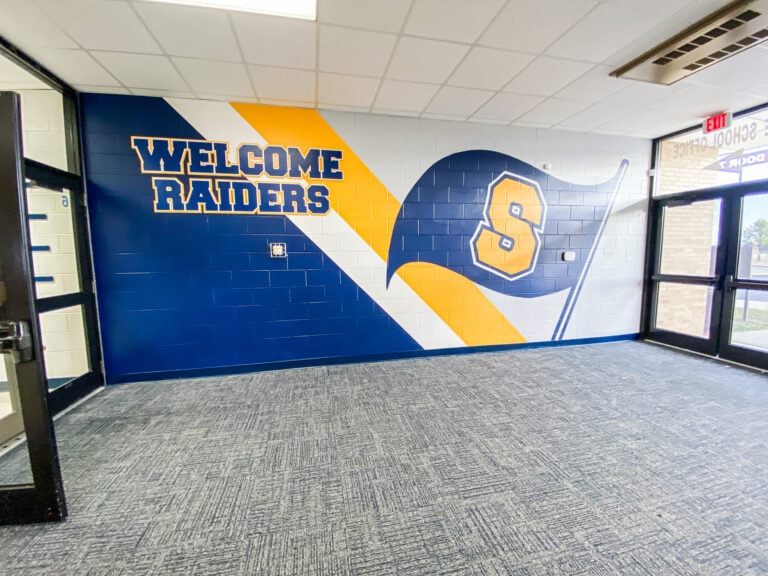As we talked about in an earlier post, “Polished Concrete: The Hottest Trend in the Industry,” this industry trend shows no signs of slowing down any time soon. When it comes to both the aesthetic appeal and maintenance for your commercial business, polished concrete stands out among many other industry solutions.
In general, when it comes to polished concrete, most are familiar with a clean, simple, very industrial look. This look fits well with most commercial construction but with polished concrete being such a versatile option, there are several other designs and looks that can be achieved while still allowing for easy maintenance to your floors.
According to ConcreteNetwork.com’s columnist, Chris Sullivan, “The ability to manipulate plain gray concrete to achieve various design elements is one of the benefits that makes polished concrete so versatile and adds to its popularity among designers and homeowners. Polished concrete can range from a paste polish, where the final color is uniform with no aggregate visible, all the way to a deep polish where large aggregate is exposed, closely resembling terrazzo.”
While Sullivan references the popularity among designers and homeowners, it continues to be a major player in commercial businesses now as well.
So what are the top trends to consider for your polished concrete floor?
Concrete Dyes
Dyes are used to color concrete floors and are a relatively popular option because of their safe and easy application. You can easily choose the color dye option that you’d like, or even mix dyes to create a marbled or mottled look.
There are two types of dyes that are typically used, they include water-based and solvent-based. Water-based dyes create a marbling technique, similar to a chemical stain. Solvent-based dyes use a solvent like alcohol or acetone to create a more monotone or opaque aesthetic.
Dyeing concrete can produce a range of different aesthetic effects from opaque to translucent.
It’s important to note that these dyes are not UV-resistant and exposure to sunlight will affect the color.
Staining Concrete
Stained polish concrete differs from dyeing because unlike dyeing, which is a solvent mixed with alcohol or acetone, staining typically contains hydrochloric acid, metallic salts and water, and react chemically with the calcium hydroxide in the concrete to change its color.
Concrete stains etch the surface of the concrete instead of penetrating, and the result is a mottled, assorted finish. The color is typically very different once it is actually in the concrete.
For example, a stain may look dark blue in the container, but takes on a bit of a different color when it reacts with the concrete. The final color may not be apparent until the stain has reacted with the concrete for several hours.
Stencil & Logo

The smooth finish of polished concrete allows for intricate designs to be applied such as company logos or specific messages for marketing purposes. With this application, the design becomes a part of the concrete and gives a great effect with the finish.
If you’re thinking of redoing your commercial floors and want to consider polished concrete and the many design trends as an option, reach out to one of our concrete specialists for more information and a quote.

